The Earth’s Inner Core Began Spinning More Slowly In 2023 – Now Scientists Say It Is Moving Backward
Deep beneath our feet lies Earth’s inner core, a mysterious solid metal ball discovered in 1936 by Danish seismologist Inge Lehmann.
This enigmatic sphere rotates independently within our planet, a fact that has intrigued scientists for decades.
The Inner Core's Rotation
For years, researchers have debated the rotation speed and direction of Earth’s inner core.
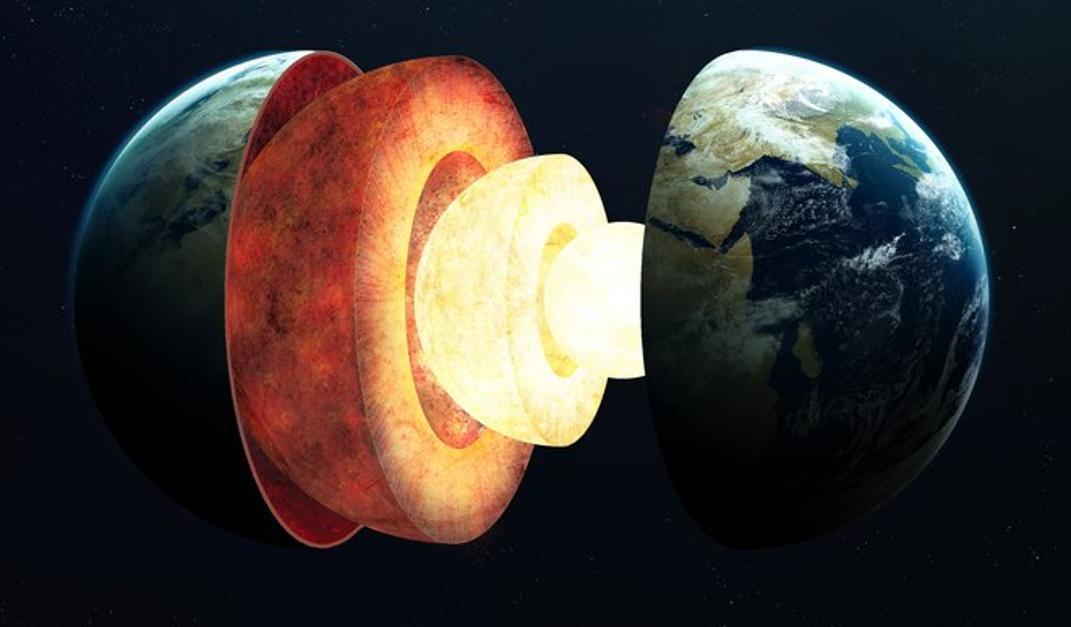
Source: Freepik
Recent studies led by Dr. John Vidale of USC suggest that this core, once spinning faster than Earth, began to slow down significantly in 2023.
Seismic Waves: Clues from Earthquakes
Scientists can’t observe the core directly, so they rely on seismic waves from large earthquakes.
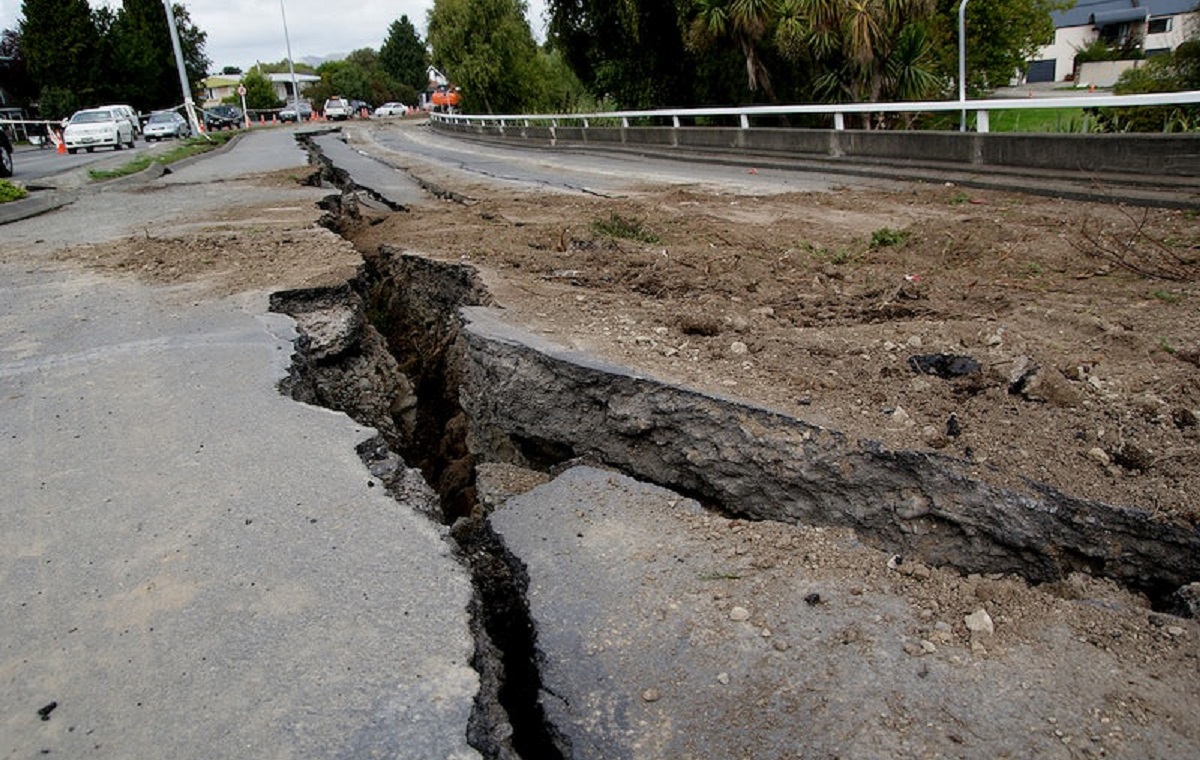
Source: Rawpixel
These waves interact with the core, providing valuable data. “Differential rotation of the inner core was proposed in the 1970s and ’80s,” explains Dr. Lauren Waszek of James Cook University.
Recent Findings on Core Deceleration
In 2023, researchers proposed that the inner core had not only slowed down but was now moving backward relative to the surrounding fluid layers.

Source: Freepik
This marked a significant shift in our understanding of the core’s behavior.
A 70-Year Cycle of Rotation
Dr. Vidale’s study reveals that the inner core’s rotational speed changes follow a 70-year cycle.
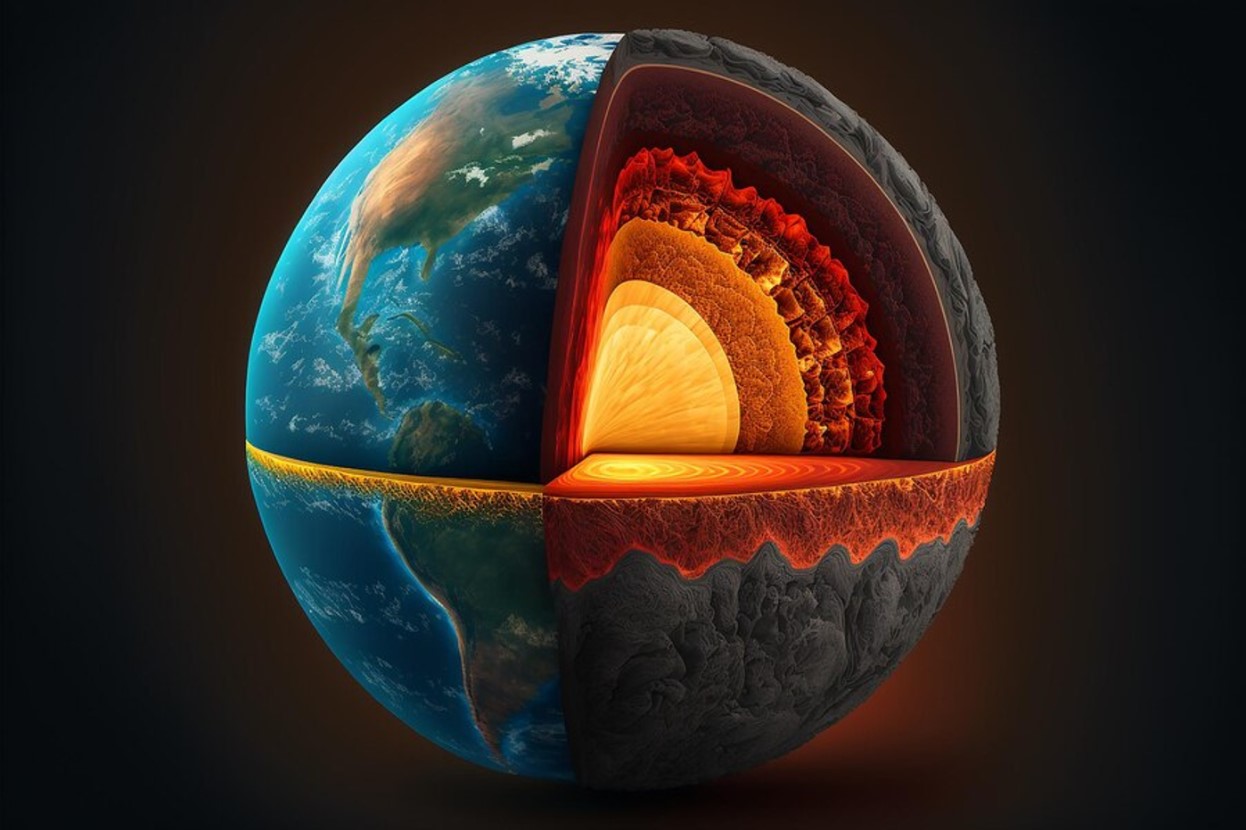
Source: Freepik
“We’ve been arguing about this for 20 years,” Vidale says, “and I think this nails it.” This cycle helps explain the core’s current deceleration.
Magnetic Field Implications
The inner core’s rotation influences Earth’s magnetic field. A slower-spinning core could affect this protective shield, which guards our planet from harmful solar radiation.

Source: Wikimedia
Changes in the core might also slightly shorten the length of our days.
Interconnected Subsurface Layers
The research offers insights into the interconnected nature of Earth’s subsurface layers.
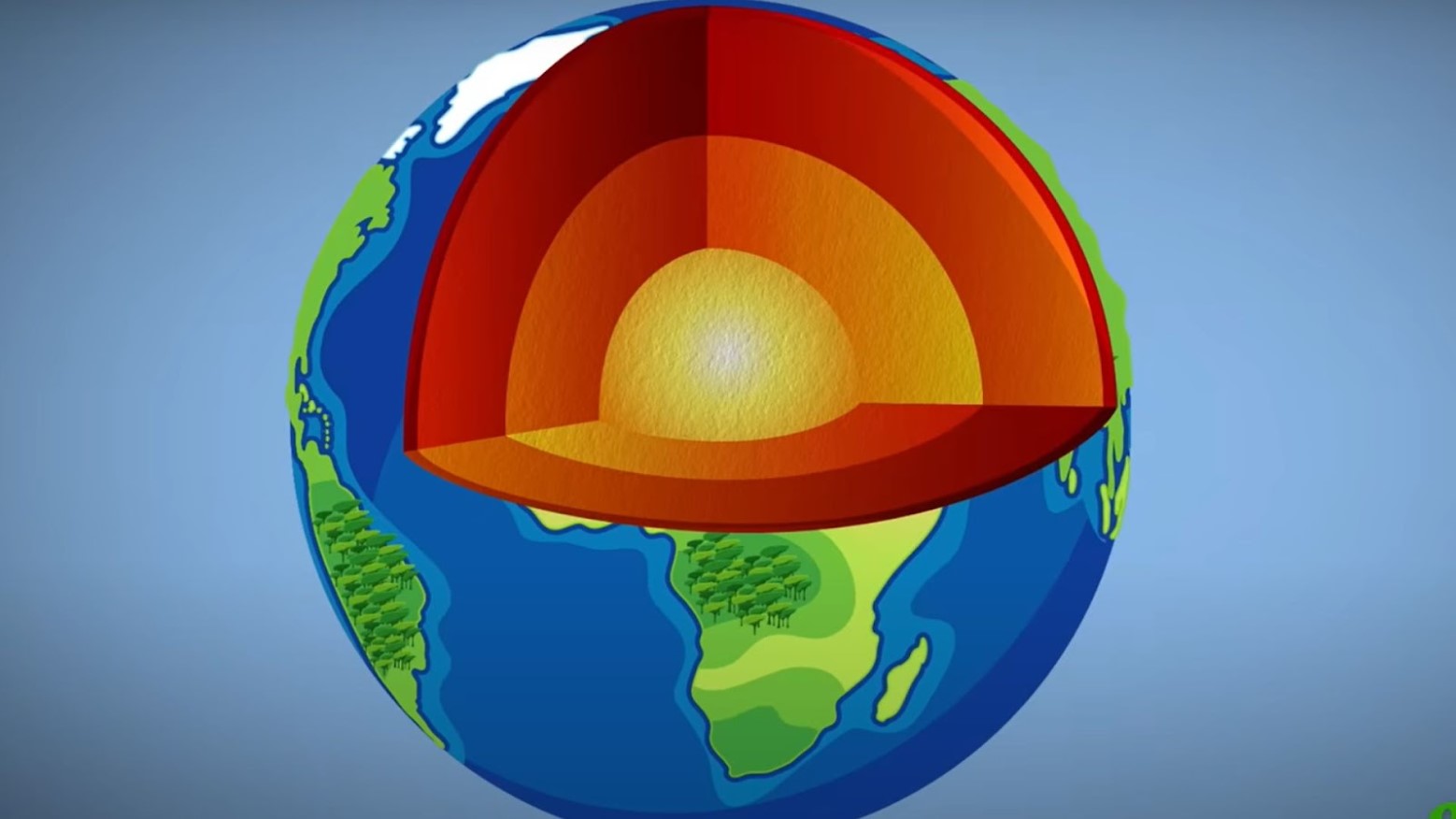
Source: SciShow/YouTube
Seismic waves from different times reveal how the core’s rotation has changed over the years, highlighting the dynamic relationship between the core and other layers.
Future Predictions
Dr. Vidale and his team predict that the inner core will start accelerating again in about five to ten years.

Source: Alexander Gerst/ESA via Getty Images
This ongoing fluctuation conveys the need for more data and interdisciplinary research to fully understand these processes.
Potential for New Discoveries
The boundary where the liquid outer core meets the solid inner core is a region ripe for discovery.

Source: Freepik
Understanding this interplay can shed light on the forces that drive our planet’s magnetic field and other geological phenomena, whether it’s above or below the surface.
Ongoing Debates in the Scientific Community
Despite recent findings, not all scientists agree that the debate is settled.

Source: Freepik
Some researchers call for more accurate data and improved tools to continue investigating the core’s behavior and its broader implications for Earth.
The Role of Advanced Technology
Advancements in technology are understandably important for further exploration and widespread acceptance by the scientific community.

Source: Wikimedia
Improved seismic sensors and data analysis techniques will help scientists gather more precise information about the inner core’s rotation and its effects on our planet.
A New Frontier
We stand on the brink of new discoveries about Earth’s inner core.
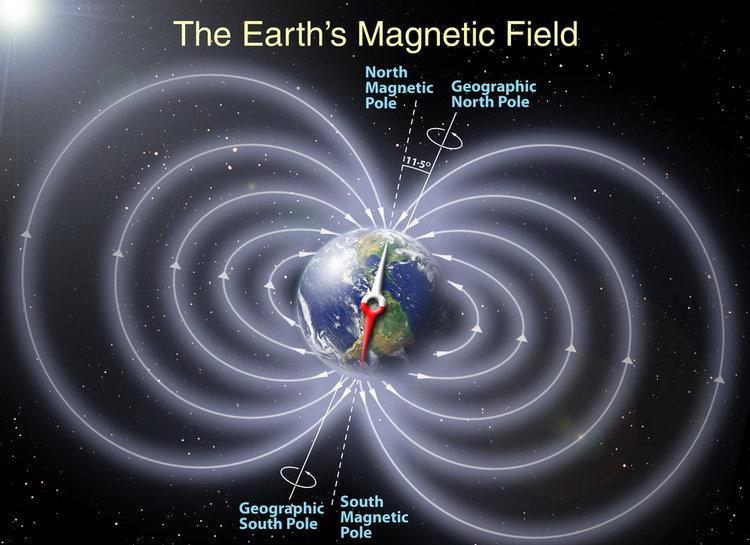
Source: Wikimedia
As we continue to unravel its mysteries, we may gain a deeper understanding of our planet’s formation, its protective magnetic field, and the intricate dance of its subsurface layers.
